Estonian minister calls Finnish developer’s Helsinki-Tallinn tunnel plan overly “optimistic”
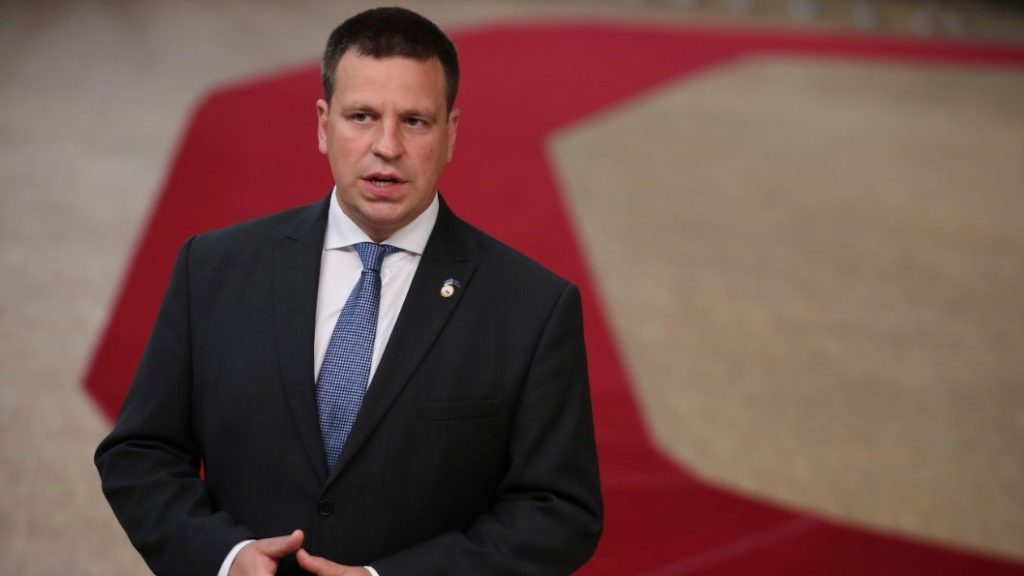
Estonia’s minister of public administration has put the breaks on Finest Bay Area Development’s proposed privately financed tunnel plan between Helsinki and Tallinn characterizing some of the company’s projections as “optimistic.”
“I certainly commend the developer for this ambition,” said Jaak Aab at a press conference on Thursday, the transcript of which was posted on the government website on Friday. “Let’s say the developer’s plans were optimistic.”
Among the concerns cited by Aab were Finest Bay Area Development’s profitability and passenger projections.
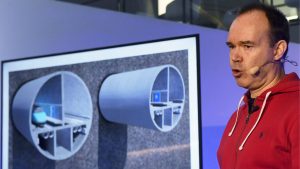
Aab said when Finland and Estonia’s Ministries of Economy looked at possible passenger numbers for a proposed tunnel in 2018, data suggested around 12 million passengers annually, while Finest Bay Area Development was projecting 52 million passengers a year.
“At the moment, we simply cannot consider such overly-optimistic volumes of passengers and goods to be realistic,” Aab said, adding that the government also didn’t get sufficient clarifying details to several of its questions concerning the project.
Kustaa Valtonen, one of Finest Bay Development’s co-founders, said the company was surprised the Estonian minister chose to communicate through the media, and disputed the government’s characterization of the company’s data.
“We submitted our application for the NDSP (National Designated Spatial Plan) on December 1st 2018,” Valtonen told Eye on the Arctic.
“By Estonian law the government should have responded within 3 months. Instead exactly one year ago we received a long list of questions and we submitted a response of 1,500 pages. That included detail on the cargo and calculations. Cargo is about 20% of our tunnel business case. It is based on historical numbers and forecasts for the future — a very typical projection. It does show growth but not overly optimistic.
“Today the cargo between the countries is carried on the ferries on trucks. We believe the train will offer a much more environmentally sound solution.”
Estonia says it supports a tunnel project in principle, but prefers to pursue it through the public sector in collaboration with the Finnish government.
However, Finland’s Ministry of Transport and Communications, told Finland’s public broadcaster Yle News on Friday that no such project was in the works.
Arctic implications
Finnish multi-millionaire entrepreneur Peter Vesterbacka, the marketing mastermind behind the Angry Birds mobile game before he went on to co-found Finest Bay Area Development with Valtonen, an angel investor, has seen the tunnel, a project he’s been working on since 2016, as one part of creating a new transport route between Europe and Asia that would eventually reach the Arctic Norwegian coast.
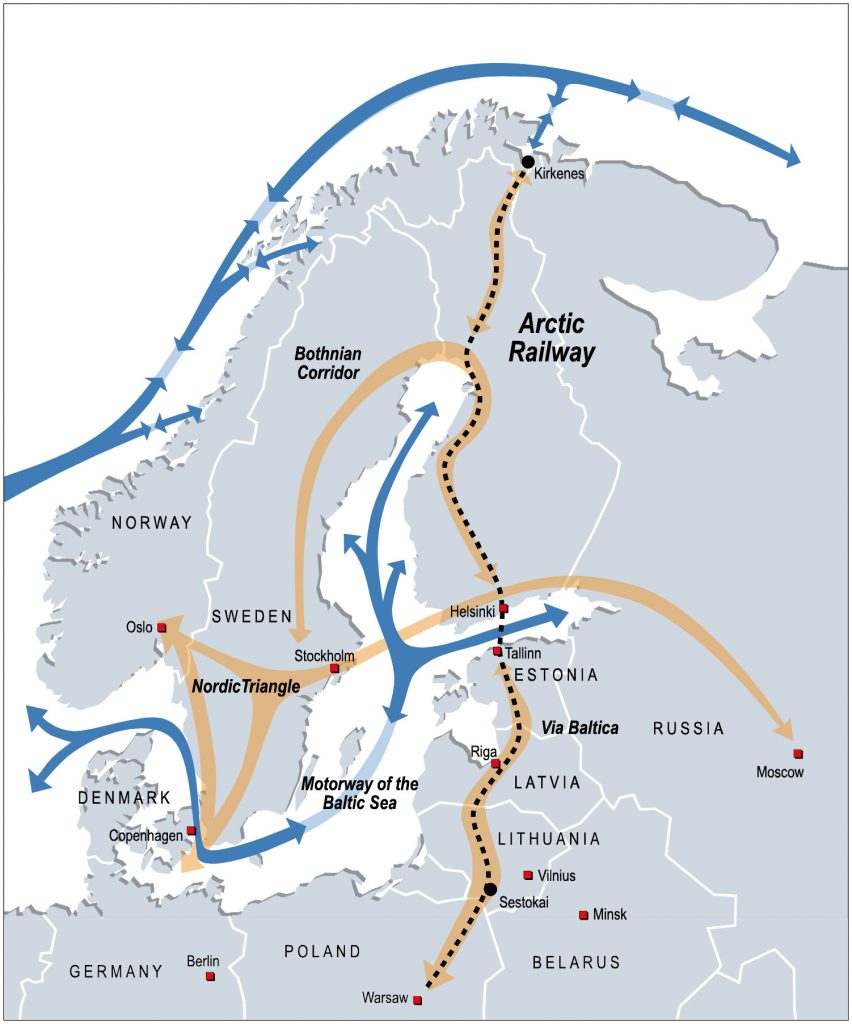
In March 2019, Finest Bay Area Development signed a memorandum of understanding for €15 billion euros in financing with China’s Touchstone Capital Partners to build the approximately 100-km tunnel that the company says would cut the two-hour ferry trip between Helsinki and Tallinn to approximately 20 minutes by undersea train.
Then in May 2019, Finest Bay Area Development signed a memorandum of understanding (MoU) with Sor-Varanger Utvikling, the public, Kirkenes-based business development company for the Arctic Norwegian municipality of Sor-Varanger, to study the feasibility of building an Arctic railway between the city of Rovaniemi, Finland and Kirkenes, Norway.
The tunnel and railway would transform the region into an economic and transportation hub, Vesterbacka said at the time.
Valtonen says that in regards to the tunnel initiative, Finest Bay Area Development’s perspective is that “the project continues as is.” But until that initiative is settled, the Arctic railway project is effectively on the back burner for the foreseeable future.
“Running one mega project at a time is quite a lot of work,” he said. “We do what we can to advance the Arctic railway, but it is slow.”
Write to Eilís Quinn at eilis.quinn(at)cbc.ca
Related stories from around the North:
Canada: Chinese barges headed for Canadian Northwest Territories on cross-continental delivery mission, CBC News
Finland: The Arctic Railway – Building a future or destroying a culture?, Eye on the Arctic
Norway: Arctic shipments to Asia grow as LNG carriers shuttle to eastern markets, The Independent Barents Observer
Russia: Modernizing Arctic aviation infrastructure among recommendations at Russian meeting, Eye on the Arctic

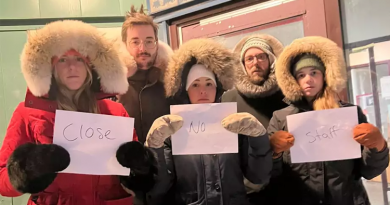
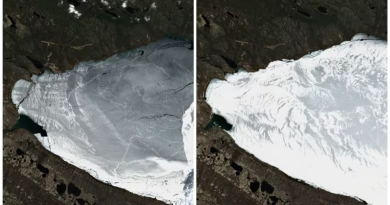

The Helsinki-Tallinn tunnel is not at all optimistic. Maybe expensive, but like the English Chunnel, Switzerland’s Gotthard Base Tunnel and Japan’s Seikan Tunnel, any tunnel of such scale is expensive. But importantly, when a tunnel is the only option for a link of not one, but two populated regions, a tunnel — even of such scale — is feasible. And that’s even if two tunnels are built to prevent delay of use of both lanes as a result of each derailment. And one tunnel with both lanes would be far more feasible, even despite twice the amount of delay per each derailment. Because the difference in costs in delays of BOTH lanes per derailment instead of only 1 lane per derailment would never outnumber the costs to build another entire tunnel just to reduce the costs in delays by half. So more money would be saved if only 1 tunnel with 2 lanes were built. And when building a tunnel of this scale, faster TBMs or Tunnel Boring Machines are less costly for building such a tunnel. The fastest TBM is the Main Beam, which drills at a rate of up to 35 ft per hour, vs 2-6 ft per hour with ordinary TBMs. Although faster TMBs cost more each month in rent, the longer the tunnel; the more would be saved using a faster TBM. Because the longer the tunnel; the more time a faster TBM would save. And that savings would outnumber the extra monthly rent for a more expensive but FASTER TBM.
But if using 2 TBMs and starting from both ends and meeting halfway, vs 1 TBM and taking twice as long, there’s no difference in the total costs in rent. The only advantage is the fact that 2 TBMs would mean the chance to build the tunnel twice as fast. And twice as fast would mean half the time it would take to justify the costs to build the tunnel. But only if they can afford it all in that half amount of time. Otherwise, there’s no use of saving half of the time building the tunnel. But the longer it takes to build such an expensive but feasible structure; the longer it would take to get out of that debt. Again- the faster TBM is key to that problem. And another great advantage of the fastest TBM is not just reducing time to build such a long tunnel, but having the opportunity to build tunnels even more unthinkable in length and still completing the drilling process in the time it took the UK to drill the English Chunnel, using ordinary TBMs. But then using two TBMs from both ends at once, would be the only option. And several unthinkable tunnels have already been considered. Such as under the Bohai Strait in China, from China to Taiwan, from China to South Korea, from Japan to South Korea… These tunnels, although unthinkable, are achievable, affordable and would not take far too long for considering building. The Helsinki-Tallinn tunnel is just a tunnel under a river in comparison. It’s not at all optimistic.